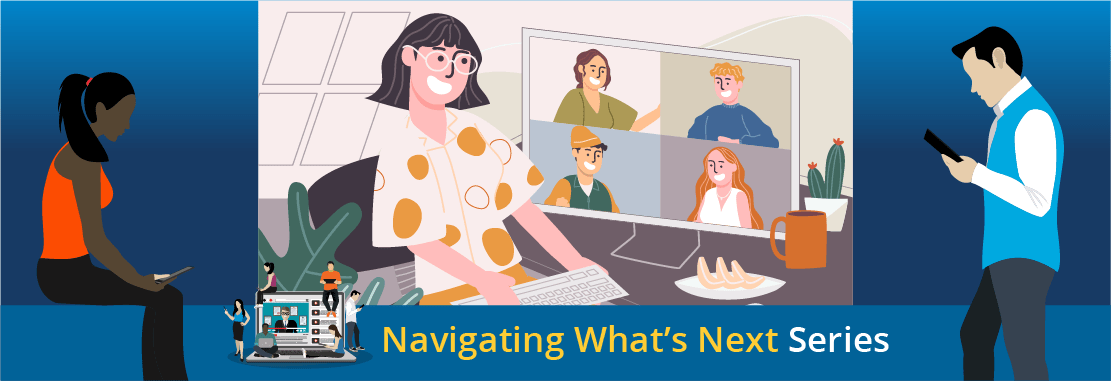Audrey Wick is an English professor at Blinn College in central Texas
Writing skills are important for college students at any stage. Whether they are in a writing-intensive course or simply using their skills to navigate a traditional course, strength in written communication will help students be successful, lifelong learners.
For instructors, one step toward that success is designing peer and/or group assignments to help students develop these important skills. But when instructors themselves face uncertainty of student population and modality, how can they effectively plan for these types of assignments?
Redefine What Constitutes “Group” Assignments
In terms of traditional pedagogical thinking, “group” assignments generally mean three or more students working in collaboration toward a singular goal. But collaboration can occur in pairs as well. Often, working with one other individual can still help students practice important skills of planning, drafting and revision. When courses are small or retention becomes an issue, pairing students who are active and engaged in the class can help ensure that no one goes missing-in-action for the duration of an assignment.
Also, by keeping groups small, whether through pairs or not, assignments can often be accomplished in a much shorter amount of time. For instance, in the English environment, peer editing is streamlined through the use of pairing rather than trying to accomplish this in small groups. For those instructors who want more students to contribute to the assignment, pairing can happen more than once.
When peer editing, I frequently pair students—and then pair them again. That way, they get more than one perspective in feedback but are only focused on providing that in one-on-one settings. This keeps the assignment manageable for them to complete as well as for me, as the instructor, to track.
Avoid the Pitfall of Expecting a Face-to-Face Result When Online
When assignments are adapted to the online learning environment, instructors should not try to—necessarily—translate a face-to-face project into a digital application. That’s because organic parts of the process like brainstorming may not work synergistically online.
Nonetheless, if an instructor gives the group a starting point and direct guidance for the end goals (think: due date, submission format, required length, research requirements, etc.), this will take the guesswork out of the initial group work and help the students work more effectively.
Let Existing Technology Be Assistive
There is no need to reinvent writing process stages or try to build digital assignments from the ground up. Instead, tap into existing platforms at your institution or through your textbook publisher in order to create effective group assignments that work.
Many textbooks have digital components, companion websites, assistive project arms and more. For instance, writing instructors have several options for programs students can use for electronic portfolios, document sharing and peer editing. The technology here can connect students in digital pairs and groups, giving them the flexibility of space and time to complete the assignments collaboratively in a fully online environment.
Don’t Overlook Institutional Resources
Does your college have a library, learning lab, tutoring center or campus computer technicians that are student-facing? Likely your institution already has tools that you can use in creating and managing peer and group assignments.
For starters, speak with librarians at your institution, or research existing digital tools available through the library page. Many have how-to videos, style guides, plagiarism tutorials and more. Link these through your digital classroom or import them to your Learning Management System. Viola! Tailored content at their fingertips!
You’re Ready!
Incorporating collaboration opportunities is one way instructors can help students feel more connected in their college classes, no matter what their digital landscape looks like.
Do you assign group work? If so, don’t miss the recording from our Empowered Educator webinar offering expert tips on making it equitable, meaningful and effective.

